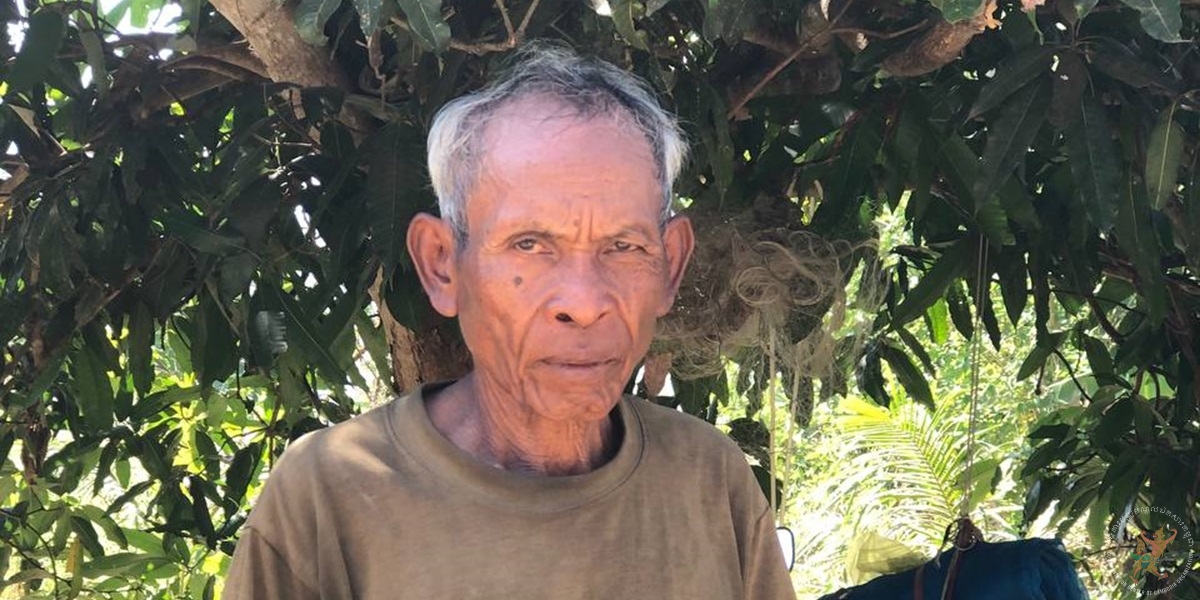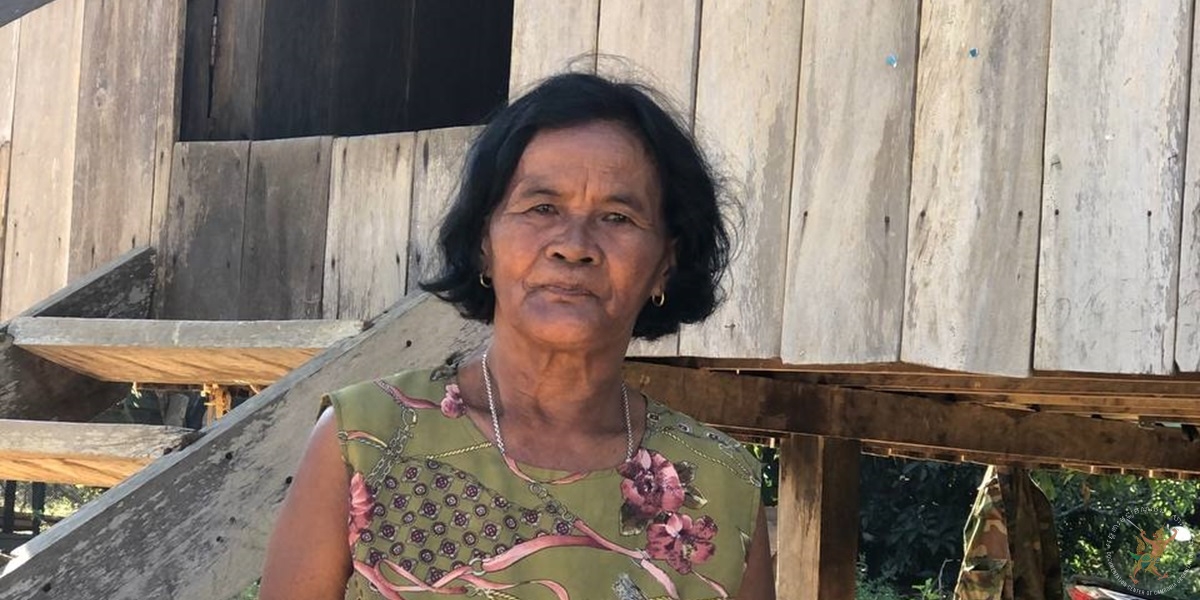How Wild Yam Turned Lifesaver during the Khmer Rouge Years

PURSAT – Some people call it gadung, others kduech, but for many who lived in Cambodia during the civil war and Khmer Rouge regime of the 1970s and the civil war that followed in the 1980s, this wild yam has meant survival.
Phsaos Brai of the hilltribe Bunong in the northeast part of the country recalled that her daughter’s entire family was killed because her husband had brought them rice belonging to the Khmer Rouge collective. Her daughter, who had just given birth to her baby, was left with nothing to eat but kduech, she said (Christoper et al., 2020).
When the Khmer Rouge cadres were unable to get food supplies from the community, they also ate kduech in the dense forest of Aural Mountain along the country’s western border as well as other mountain areas of the country in the 1970s and 1980s.

Bich Touch, who is now 65 years old, remembers that when he was in the Khmer Rouge army in his region—the Veal Veng district of Pursat province—kdeuch was the main food for the army in the jungle (Long et al., 2024).
Chuob Thieng also recalls having kduech as basic food for three years when she was forced to live on Aural Mountain in 1979 when the Khmer Rouge were forced out of the country and regrouped along the Thai border. Thieng, who is originally from Veal Veng district in Pursat province, said that kdeuch, which could be found in the dense forest, was her basic food until 1982 when she moved to the Thai border (Long et al., 2024).

According to the “Dictionary of Plants used in Cambodia” by Dy Phon Pauline, a Cambodian botanist who also survived the Khmer Rouge regime, the kduech, which is also referred to as the dioscorea hispida or Asiatic bitter yam, is a long-stemmed plant that can be found in the dense forests of Southeast Asia.
This type of yam, she writes, requires removing the toxicity before cooking and that, as some people point out, it “must be cut into small strips, dipped for 2-3 days into running water before cooking,” (Dy, 2000). In times of food scarcity, the indigenous people of Sumatra Island in Indonesia would eat this tuber vegetable, according to the History of Sumatra (Peter, 2003).
Its nutrition value being limited to high carbohydrate, crude protein, crude lipid, and phosphorus (Saleha et al., 2018), this Asiatic Bitter Yam was also seen in India, consumed by the Mangyan people in the Philippines, the Negrito people, and the minorities in Southeast Asia after extensive water detoxification (Purdue, 2023).
During the Khmer Rouge regime of April 1975 to Jan. 1979, its leaders launched their Four-Year Plan they also called the Super Great Leap Forward to be implemented during the period 1977-1980.
The Four-Year Plan was implemented based on collectivization and agriculture reform, which aimed to produce 3 tons of rice per hectare. All crops belonged to the authorities and people were not allowed to eat what they had grown. The Khmer Rouge regime exported most of the crops in exchange for ammunition. As a result, Cambodians were starving, which led to countless deaths (Christoper et al., 2020). Oum Sareth still vividly remembers her child dying of malnutrition while her entire family was suffering from illness (Christoper et al., 2020).
But in a Khmer Rouge newspaper of 1976, the regime blamed the enemy for “attempts to deprive them of rice and starve them to death.” So, many people ate kdeuch, which became essential provision for survival (The Story of the Revolution, the Sacrifice of Our Warriors, 1976).
Even after the collapse of the regime, the suffering from starvation and malnutrition continued for those who were forced to follow the Khmer Rouge when they relocated along the Thai border in 1979. While most people would be able to return to Cambodia after the signing of the Paris Peace Agreement in October 1991, some would remain under Khmer Rouge control until the surrender of the last leaders in December 1998.
In the end, more than 2 million people perished due to killings, overwork, and starvation during the Khmer Rouge regime. But because of a wild yam called kduech, some people were able to survive and eventually get back to living.
Interviews by Veal Veng Reconciliation Center
Text by Lyhour Sreang
Published on January 26, 2024

